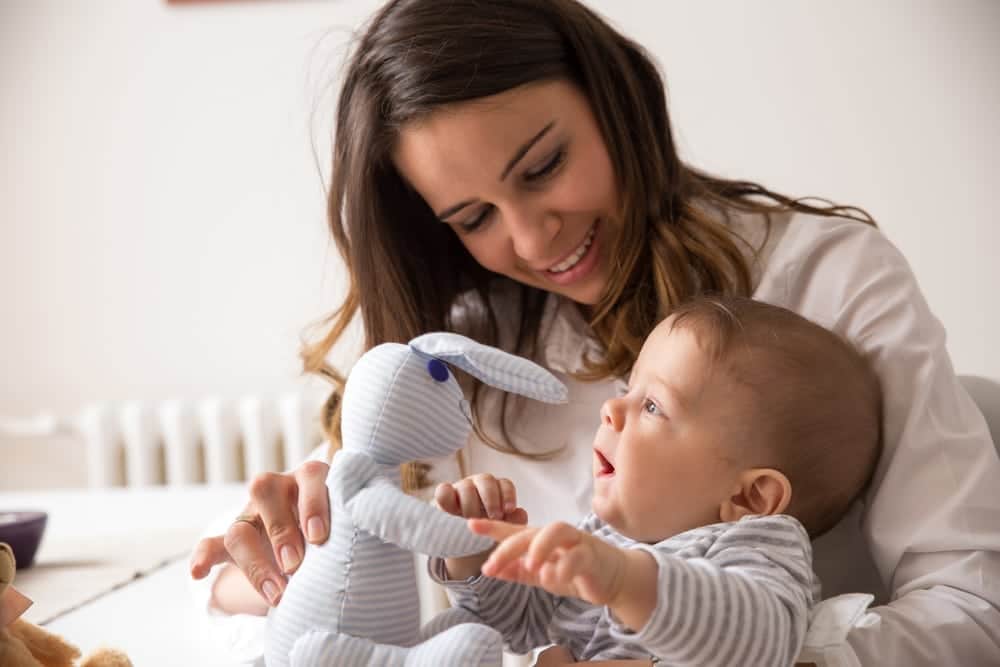By Yelena Raskin
Dr. Maria Montessori was born in the small town of Chiaravalle. Her father was a military man, and her mother was a lady of peace. Maria Montessori had a very close relationship with her mother. As a child, Maria didn’t have freedom to do what she wanted because her mother believed in discipline.
Growing up, Maria Montessori didn’t know what she wanted to do. She never had any intention of teaching. Her favorite subject was mathematics, so she decided to study Engineering. She soon became interested in Biology and wanted to learn medicine. Maria Montessori went through a struggle before she finally was admitted to University. Her father strongly disapproved of the fact that she wanted to go to a school that was for men only, but Maria went anyways and eventually become a doctor (E.M. Standing, 1957, p.23-24).
Dr. Montessori had a difficult time at University. She had to be always accompanied by a male student. There were times when Montessori had to stay late in the evenings to finish her work. One day there was a very bad blizzard, and Maria was the only student to show up for class. The professor was very impressed as he lectured his only student there.
In 1896, Maria Montessori graduated from University as the first female doctor in Italy. She was chosen to give the commencements speech at the graduation, impressing her entire family, including her father.
In 1899-1900, Dr. Montessori prepared a group of teachers in the special method of observation. Montessori worked with mentally deficient children. She taught these children to write and read, which was a pleasant surprise to Montessori because she thought they were unteachable at first. When these special children did better than normal children at school, people thought her work was a miracle. Maria wanted to see why did normal children did worse on the exam. She wanted to see what was wrong with traditional education by studying a traditional school’s methods, but unfortunately Montessori was not allowed in because she wasn’t a teacher.
“I set to work feeling like a peasant woman who having set aside a good store of seed-corn has found a fertile field in which she may freely sow it. But I was wrong. In fact, my work on these normal children brought me a series of surprises. Possibly this marvelous fairy-tale is worth telling” (Montessori, 1998, p.119). Montessori got a group of children and she called it a Casa dei Bambini.
Dr. Montessori worked with these children for two years. In 1909, she wrote a book called “Methods of Scientific Pedagogy as Applied to Child Education in the Children’s Houses”. When the book was sent to America, they though that the title was too long, so they changed it to “Montessori Method”. Today it is called “Discovery of the Childhood”.
In 1912, Dr. Montessori traveled to the United States to spread her method. Unfortunately, by 1918 her method was completely wiped out from the country. In 1950, the Montessori method was rediscovered and is becoming more popular today.











